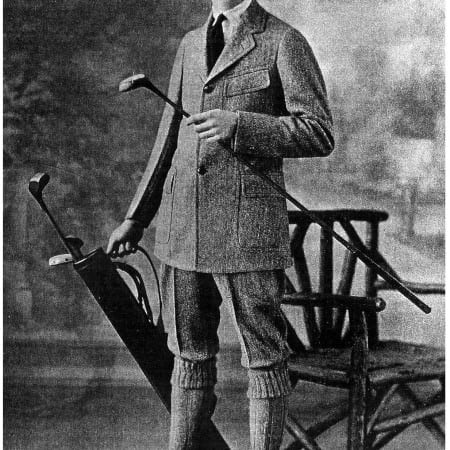Tweed is an integral part in the history of tailoring; it is the cloth of royalty and aristocracy, game hunters, academics, Doctor Who's, fictional detectives, politicians and fashion pioneers.
Following the story of this wool cloth reveals a complex history interwoven with the redefinition of class, gender and fashion over the last 200 years.
Tweed is a woollen twill cloth woven in herringbone, checked and other patterns. Tweed originated in rural Scotland and is still on the whole produced there. It's name reflects both its weave and its national origins. To begin with, “tweed” was a misread, it should have been tweel (Scottish for twill). This was helped by the cloth’s association with the River Tweed. The term quickly took off and no one's looked back.
Tweed emerged as a fashionable cloth in the 1820s and 1830s thanks to the celebrity of Scotsmen Sir Walter Scott and Lord Brougham, Lord Chancellor of Great Britain, both of whom favoured bold tweed trousers.
Tweed was popular for country sportswear due to its warmth, breathability and cultural currency. Simply, it was practical, the Gortex of today. Shooting-jackets, trousers, coats and cloaks you could use this fabric for any garment.
Tweed has developed over the years many large fashion houses have used the fabrics such as Channel, Moschino, Vescae to name a few. Along with famous characters such as Sherlock Holmes & Doctor Who.
Today it's not just high fashion houses using the cloth Nike have a range of shoes in Tweed showing this fabric has not only stood the test of time it has made the shift from upper-class country wear to modern casual and streetwear.

